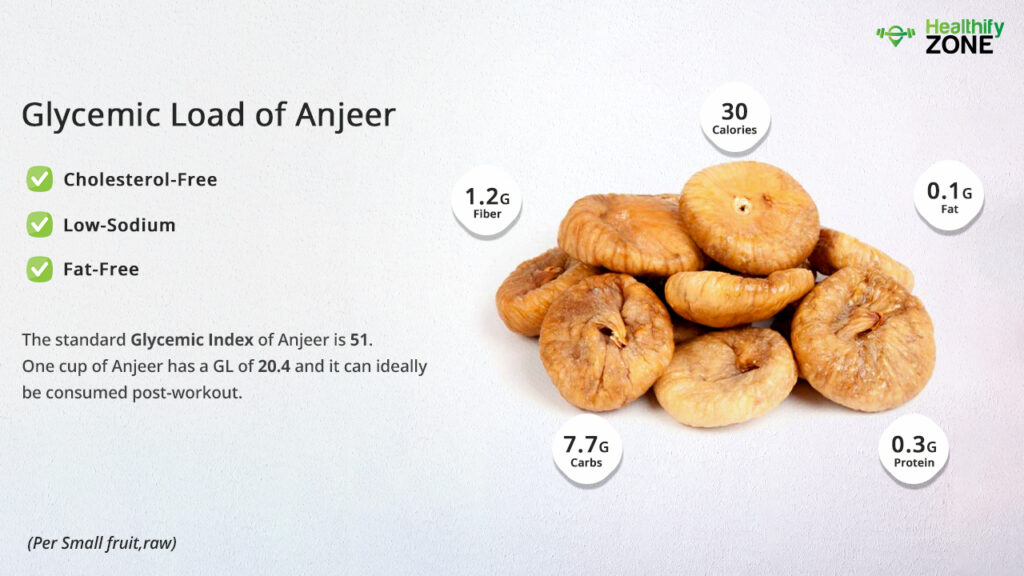Figs have a glycemic index of 61, making them a high glycemic food. Foods with a high glycemic index sharply and quickly spike blood sugar levels. Figs are often eaten in tiny amounts. A fig will include trace levels of vitamin K, vitamin B6, thiamin, manganese, potassium, and magnesium but not significant amounts of any vitamin or mineral. The quantity of phenolic compounds in figs is closely connected to their antioxidant potential. According to studies, the skin of the fig has more nutrients than the pulp, and darker figs have higher levels than lighter figs.
Is Fig Safe for Diabetes?
They are beneficial for those with diabetes. Although figs are sweet, the fact that they have such a high fiber content means that not all of the sugar is quickly released into the body. However, this does not imply that you have an excessive number of them at once. It is crucial to use moderation if you have diabetes.

Is Fig Suitable for Weight Loss?
Figs are highly satisfying because they have a low-calorie count and a lot of fiber. Including high-fiber foods like figs in your diet might help you feel full between meals and prevent overeating, which could aid in weight loss. Because figs provide the same amount of satiety as other foods, eating a few figs can help you lose weight. They are fruit alternatives to sweets and desserts that are relatively low in calories. They thereby demonstrate its value for weight loss. If they are ingested in excess of the recommended amount, it might not have any impact on weight loss. As a result, it’s important to remember not to eat more than you need while including figs for weight loss in your diet.
What is the Best time to Consume Fig?
The morning would be the ideal time to consume this incredibly healthy dried fruit. About 2 or 3 figs should be soaked in milk or a little water for this. Eat these soaked figs as soon as you wake up. The best approach to eating figs if you have stomach or digestive problems is to soak them first.
The Bottom Line: The Glycemic Index of Fig is 61
Figs, which are high in potassium, can assist in balancing that out. In the meanwhile, figs’ high fiber content can aid in eliminating too much sodium from the body.
Constipation and diarrhea are two examples of digestive disorders. Increasing fiber consumption can be beneficial on both ends of the range. But figs also help with digestion in another way, aside from their high fiber content. They are a great source of prebiotics, which enhance gut health in general.
Figs are an excellent provider of potassium and calcium. Together, these minerals may increase bone density, hence reducing the risk of diseases like osteoporosis.
Studies indicate that a diet high in potassium, in particular, can enhance bone health and lower bone turnover. Increasing calcium intake has been demonstrated to enhance the bone mineral structure in children and adolescents. Calcium is a crucial structural element of bones.